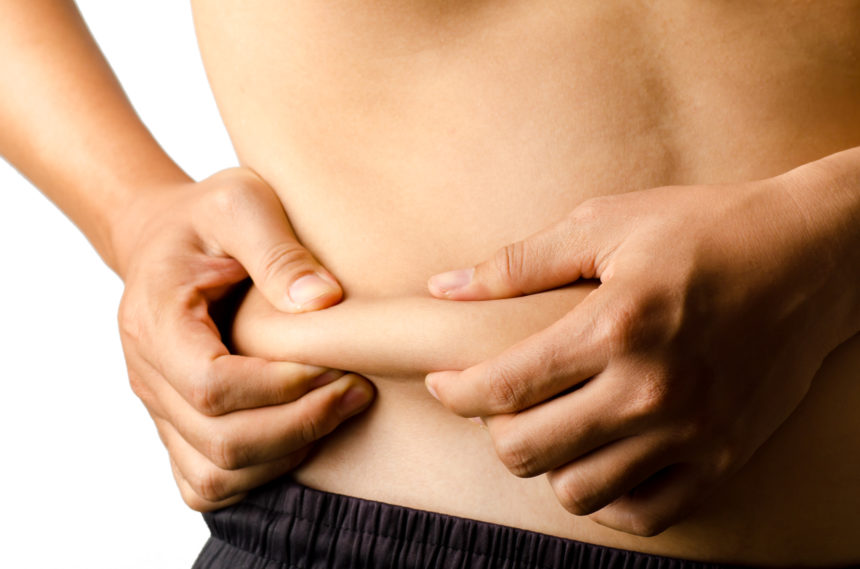Male cellulite, also known as hydrolipexia, is the tendency to retain fluids.
Men rarely have cellulite, or “orange peel” skin, as in women, because male skin is thicker and more compact. Accumulating fat in difficult points is the same for both men and women.
Cellulite in men is not a myth and can be a problem. Cellulite is known to afflict women, but it is actually a problem common to both genders, although it is rarer in men.
While 8 out of 10 women are affected by cellulite, male cellulite is less widespread, affecting only 4 out of 10 men.
Male cellulite: the causes
Cellulite in men can be caused by factors such as:
- hormonal imbalances
- genetic factors
- unhealthy diet
- sedentary lifestyle
- overly intense sport activity
Hormonal imbalance. Hormones are responsible for the distribution of fat in tissues; in males these hormones are testosterone and adrenaline. Some studies indicate that there may also be hormonal reasons for the formation of male cellulite linked to oestrogen which, although in smaller quantities than in females, is produced by the male body. Alterations can lead to a greater concentration of oestrogens causing the development of cellulite.
All men can have hormonal fluctuations and there can be various causes for this: the side effects of medications, depression, and so on.
Lifestyle. A sedentary lifestyle, unhealthy diet, excessive consumption of food and lack of exercise lead to cellulite. Many men are unaware of it because the fat accumulates over time.
Unhealthy diet. It is nothing new, but fast foods and fatty and fried foods are enemies of a healthy body. Stress. Cellulite caused by psychosomatic factors is a serious problem in men.
Other factors that cause cellulite in men are:
- Age. People are inclined to gain weight with age
Clothing that is too tight reduces blood circulation and causes cellulite
- Abuse of beer and alcohol in general
Male cellulite: why does overly intense physical activity increase the risk of cellulite in males?
Regular physical activity is very important for health because it helps people live better and keep fit, and so far so good; but what happens when physical activity becomes excessive and exhausting?
It appears that the accumulation of lactic acid does not help tone and firm the areas affected by the problem, but worsens the situation.
Furthermore, there could be an increase in the amount of aldosterone which also increases water retention.
It should always be remembered not to confuse cellulite with the accumulation of adipose tissue.
Male cellulite: what treatments are recommended?
Treatments to combat cellulite in men could be the same as those recommended for women, starting with:
- balanced diet (plenty of fibre and vegetables)
- reducing the amount of salt
- drinking plenty of water
- avoiding smoking and alcohol
- reducing consumption of coffee
- outdoor physical activity
- sleeping at least 8 hours a day
Draining massages can be performed without problems.
For more targeted aesthetic medicine treatments you should always consult an expert doctor and a plastic surgeon who have already obtained good results with treatments carried out on men; these should remain with their gender characteristics. Many treatments can be used but, given the different anatomical structure of men, some of the machines require calibration and standardisation that are different from those for women.
Also for men who want to undergo aesthetic medicine or liposuction treatments, it is advisable to consult experienced doctors and surgeons. The bottom line is that there should be realistic expectations to avoid dissatisfaction and discontent. As for women, liposuction is the decisive intervention for the imperfections caused by fat accumulation and only rarely improves the water retention that determines cellulite. As for women, there are no miracle cures and it is therefore necessary to know what will happen and what the results will be.


